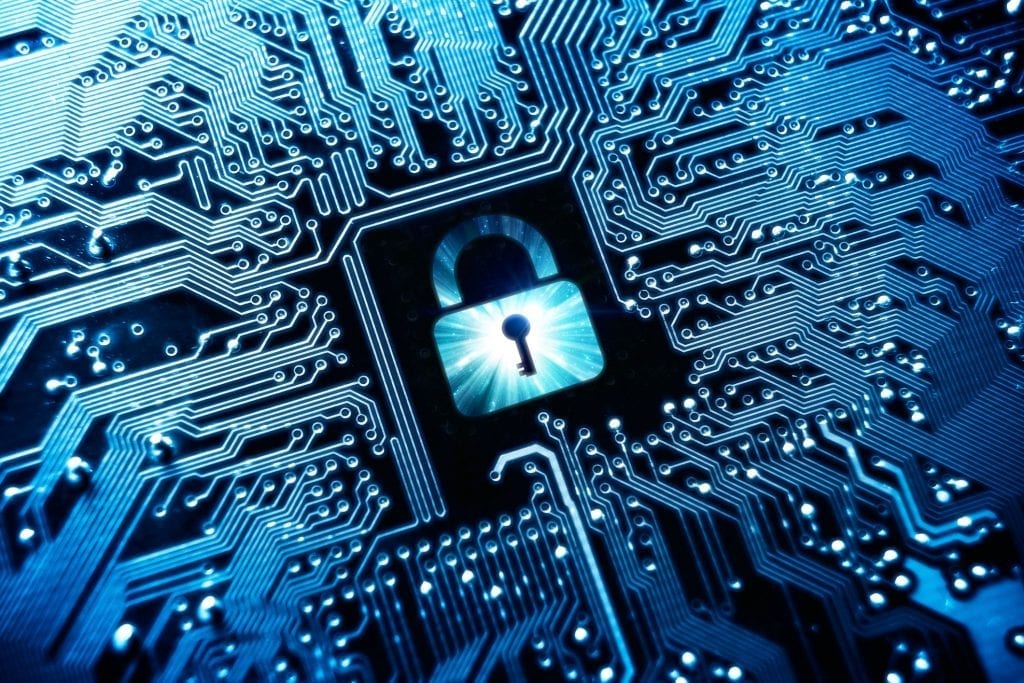Discovering the Importance of Information Damage in the Context of Computer Protection Services and Protecting Confidential Data
In an era where information breaches are progressively typical, the relevance of effective data destruction can not be overstated. What techniques can organizations implement to enhance their data damage procedures?
Recognizing Information Destruction
Information destruction is a vital component of computer security that entails the irreversible removal of data from storage gadgets to stop unauthorized access and possible information breaches. In an increasingly electronic landscape, organizations deal with increased dangers connected with delicate information being improperly accessed or exploited. Effective information damage safeguards against these dangers, making certain that personal dataâEUR" such as client information, copyright, and financial recordsâEUR" can not be recouped after disposal.
Comprehending the value of data destruction extends past plain conformity with lawful and regulative frameworks; it is vital for maintaining organizational honesty and count on. When data is incorrectly handled or improperly ruined, the effects can be severe, including economic loss, reputational damage, and lawful liabilities.

Approaches of Information Obliteration

One prevalent method is information wiping, which includes overwriting existing information with arbitrary patterns several times. This technique provides the original information irretrievable, making it a popular selection for companies looking for to protect secret information.
Another approach is degaussing, which utilizes a powerful electromagnetic field to interrupt the magnetic domain names on storage space tools, efficiently getting rid of the information. This technique is especially efficient for magnetic media yet is not applicable to solid-state drives.
Physical destruction is one more durable method, crushing or including the shredding of storage gadgets. This method assurances that information recuperation is essentially impossible, making it perfect for extremely sensitive information.
Finally, file encryption can offer as a corresponding method to data elimination. By securing information prior to deletion, organizations can add an added layer of safety, ensuring that even if residues are recouped, they stay inaccessible without the decryption trick. Each method needs to be chosen based on the degree of information level of sensitivity and the certain protection demands of the company.
Legal Conformity and Data Safety And Security
Organizations must navigate an intricate landscape of lawful requirements connected to data safety, particularly after executing techniques of data eradication. Different policies, such as the General Data Protection Regulation (GDPR) and the Wellness Insurance Coverage Transportability and Liability Act (HIPAA), impose rigorous guidelines on exactly how organizations need to dispose and manage of delicate information. Failure to comply with these regulations can lead to substantial lawful repercussions, consisting of substantial penalties and reputational damage.
Information devastation processes need to be thoroughly recorded to demonstrate conformity with applicable legislations and standards. This documents not only functions as proof of adherence to legal obligations yet likewise illustrates a commitment to protecting sensitive information. Organizations must also develop clear plans relating to information retention and destruction timelines, making certain that data is not held longer than essential.

Additionally, regular audits and assessments of data damage practices are important to keep compliance and adjust to developing lawful structures (data destruction). By proactively addressing legal needs, companies can mitigate risks connected with data breaches and demonstrate their commitment to data safety. Eventually, focusing on legal conformity in data destruction procedures is not simply a governing commitment, but a basic element of a robust data More about the author safety and security approach
Impact on Company Online Reputation
The online reputation of a business can be dramatically affected by its method to data damage and management. In today's digital landscape, where information violations can happen at any type of minute, the failure to properly get rid of sensitive details can bring about serious repercussions. Organizations that improperly take care of information destruction risk revealing personal consumer information, which not only breaks privacy regulations but likewise erodes count on amongst stakeholders and clients.
A ruined reputation can result in decreased client commitment, as customers become hesitant to engage with a business that has actually shown oversight in shielding their information. In addition, unfavorable Get the facts publicity surrounding a data violation can have a long lasting impact, as prospective clients may be deterred by the regarded lack of security. This can bring about a direct decrease in income and market share.
Furthermore, services that focus on information damage as part of their safety and security technique can enhance their reputation by showcasing their dedication to safeguarding sensitive details. By embracing stringent information monitoring techniques, companies can not only reduce threats but also place themselves as trustworthy entities in their particular industries, therefore strengthening their general brand name photo.
Finest Practices for Secure Disposal
Carrying out best practices for secure disposal of data is vital for minimizing threats associated with data breaches and guaranteeing compliance with privacy regulations. Organizations should adopt a comprehensive data disposal plan that details treatments for both physical and electronic data damage.
For physical information storage gadgets, such as disk drives, shredding or degaussing is recommended to avoid information healing. Additionally, organizations must maintain a chain of safekeeping documentation throughout the disposal procedure, guaranteeing accountability and traceability of disposed products.
For digital data, using software application that follows market requirements for data cleaning is important. This software program ought to overwrite existing data multiple times, making recuperation essentially impossible. It is likewise vital to verify the efficiency of the information destruction process via audits or third-party evaluations.
Training employees on safe and secure disposal practices adds another layer of safety and security, as human mistake can commonly lead to information direct exposure. Regularly upgrading and assessing disposal plans makes sure positioning with evolving policies and technological developments. By executing these best practices, organizations can significantly reduce the danger of unapproved data access and enhance their weblink overall data security strategy.
Verdict
In conclusion, information damage is a fundamental element of computer system safety and security solutions that makes sure the protection of confidential information from unapproved gain access to. Carrying out effective approaches of information elimination, sticking to lawful conformity, and recognizing the influence on organization track record are necessary parts of an extensive data safety technique. By embracing ideal methods for secure disposal, organizations can cultivate depend on with clients and secure delicate data, eventually adding to a more secure digital landscape.
In a period where data breaches are increasingly usual, the significance of reliable information destruction can not be overemphasized.Information destruction is an important element of computer safety and security that entails the permanent removal of information from storage devices to stop unapproved access and potential information breaches. Organizations needs to additionally establish clear policies pertaining to information retention and damage timelines, making sure that data is not held longer than required.
By proactively addressing legal requirements, organizations can minimize dangers linked with data violations and show their dedication to information protection (data destruction). Ultimately, prioritizing lawful compliance in data destruction processes is not just a governing responsibility, however an essential aspect of a durable information security strategy
Comments on “Why Data Destruction is a Critical Part of Comprehensive Cyber Security”